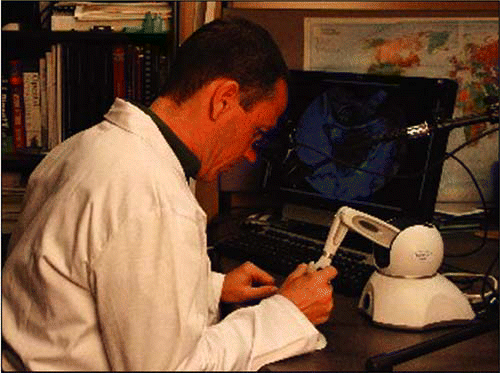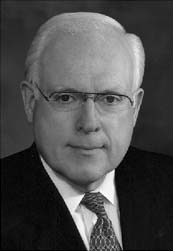Both Robert Miller, MD, MBA, Executive Director of the American Board of Otolaryngology, and Gerald Healy, MD, the first otolaryngologist-head and neck surgeon to be President of the American College of Surgeons, agree that medical simulation is becoming a critical part of medicine’s present and a cornerstone of its future. They appreciate simulation’s growing role in educating physicians and in continuing medical education, and its potential contribution to better and safer patient care.
Explore This Issue
July 2008Medical simulation-whether it’s a low-tech version using tubing for students to practice clearing an airway or a temporal bone dissection simulator being designed and tested at the level required for board certification-is an essential educational tool, said Dr. Miller, who is also the chair of ENT Today‘s editorial board. He added that although American physicians, computer scientists, and engineers are making significant progress in developing medical simulations and incorporating them into medical education, progress is slow in taking simulation to the highest levels because adequate public and private funding opportunities have not yet materialized.

Dr. Healy’s view of medical simulation from the 30,000 feet perspective starts with a mandate for changing medical education and maintaining skills for senior physicians that by necessity includes simulation. The old days where we sent medical students to doctors’ offices or had them follow senior physicians around the hospital to observe their interactions with patients and then discuss it are over, for the most part. Today, how practicing physicians are reimbursed resembles how other pieceworkers are compensated. They get paid by how much they produce, so their [unpaid] time with students has been curtailed as they attempt to maintain their revenue streams and keep their practices afloat, he explained.
The physician-in-training’s lack of opportunity to follow medicine’s traditional learning path of See one, do one, teach one only heightens the need for a variety of simulations of varying complexity. The changes in staffing at academic medical centers, which restrict residents’ hours on duty, makes them less likely to hone their skills at the bedside. Only the sickest patients are in hospitals now, and they tend to be discharged as quickly as possible, leaving little time for medical students to interact with them. If the resident just happens to be at the right place at the right time, he or she might be lucky enough to learn something important, commented Dr. Healy.
Ironically, the patient safety movement has significantly decreased medical students’ access to live patients and the opportunity to interact and learn from them. Medical simulation is helping to fill that gap.

Leave a Reply